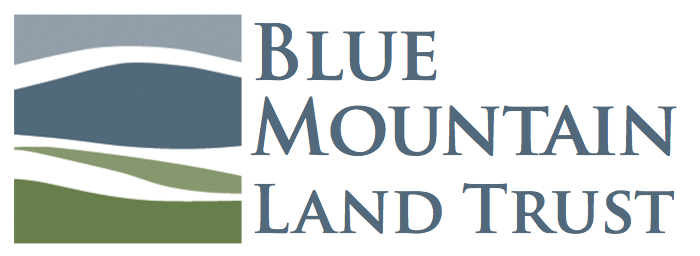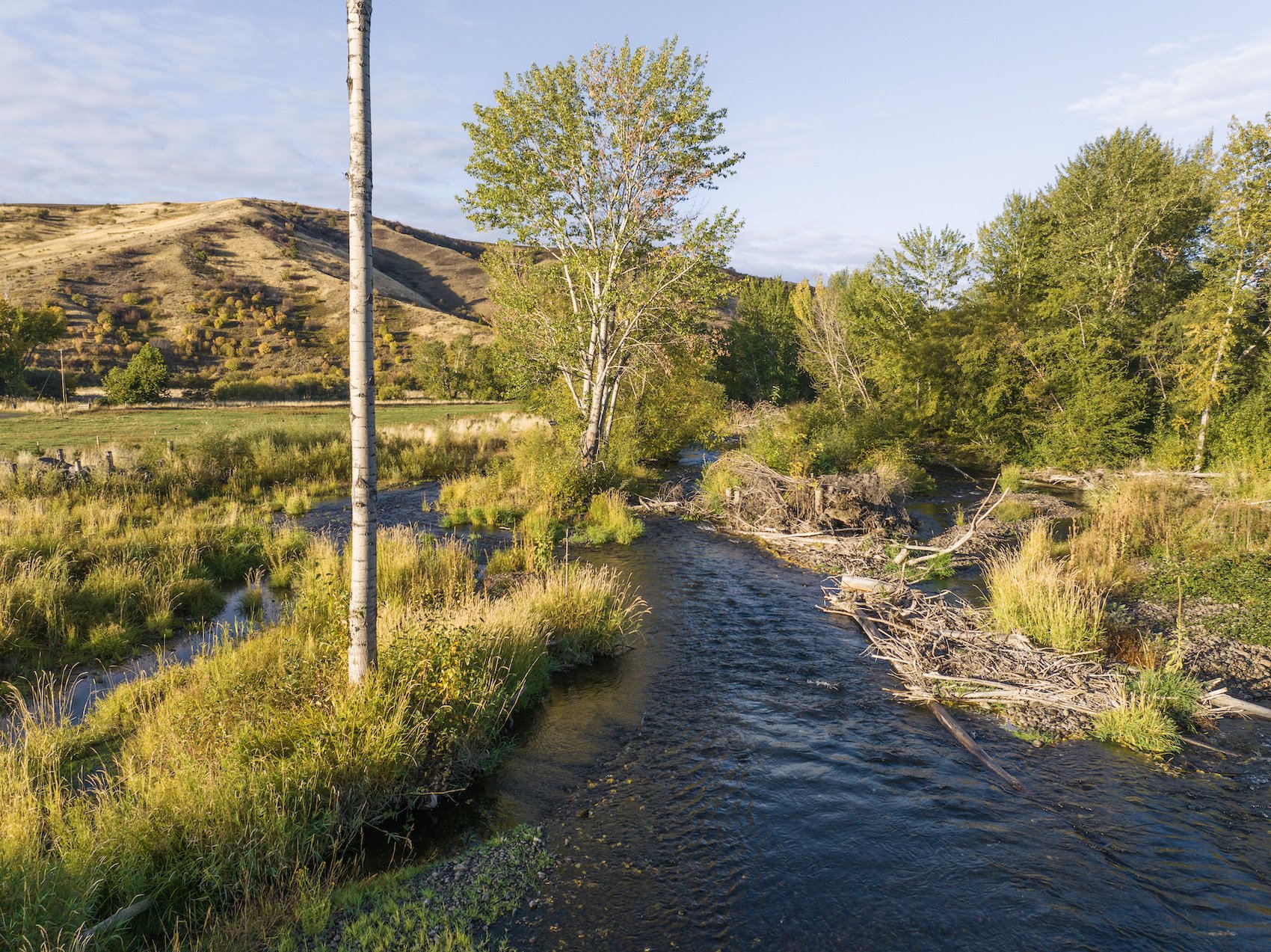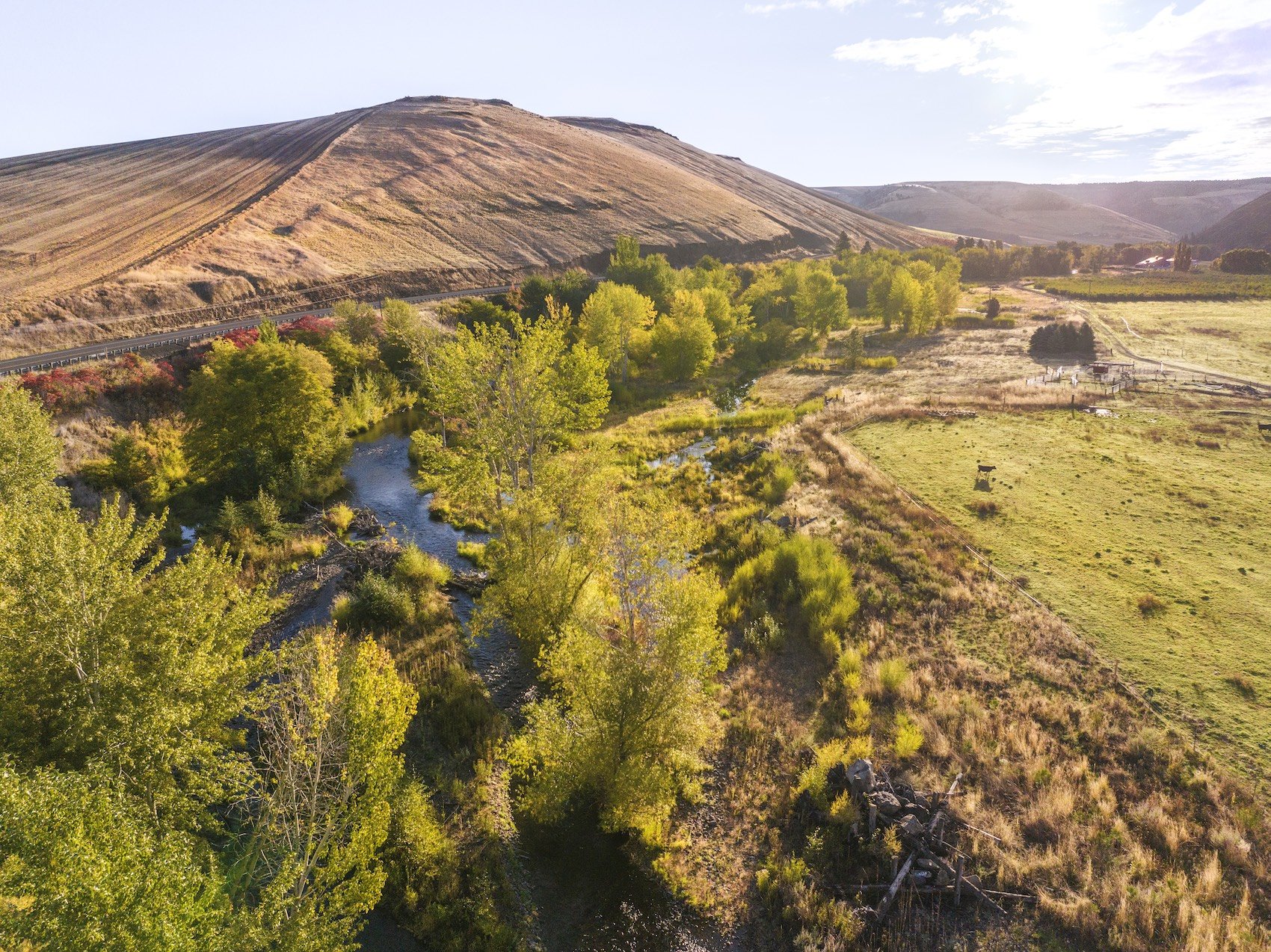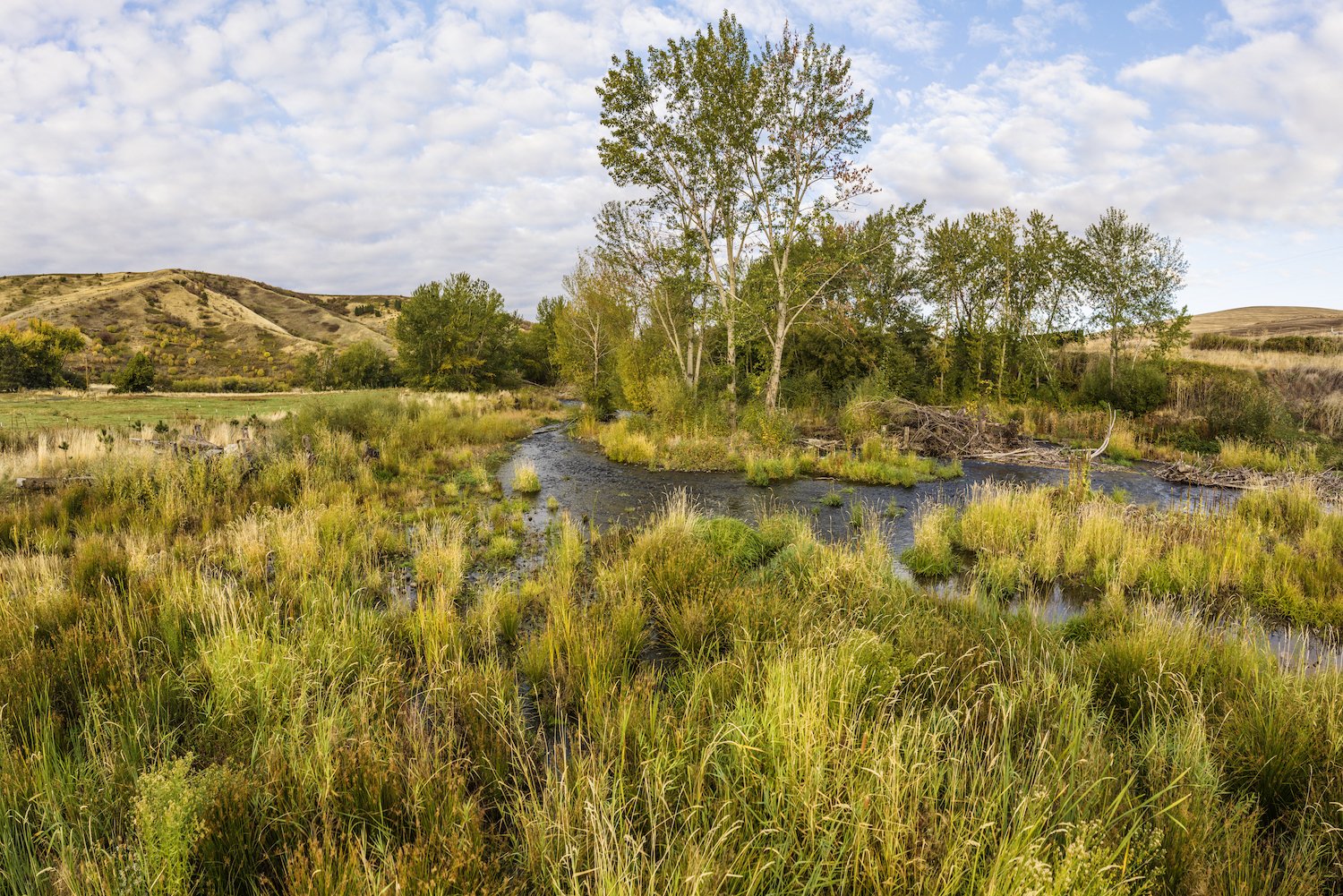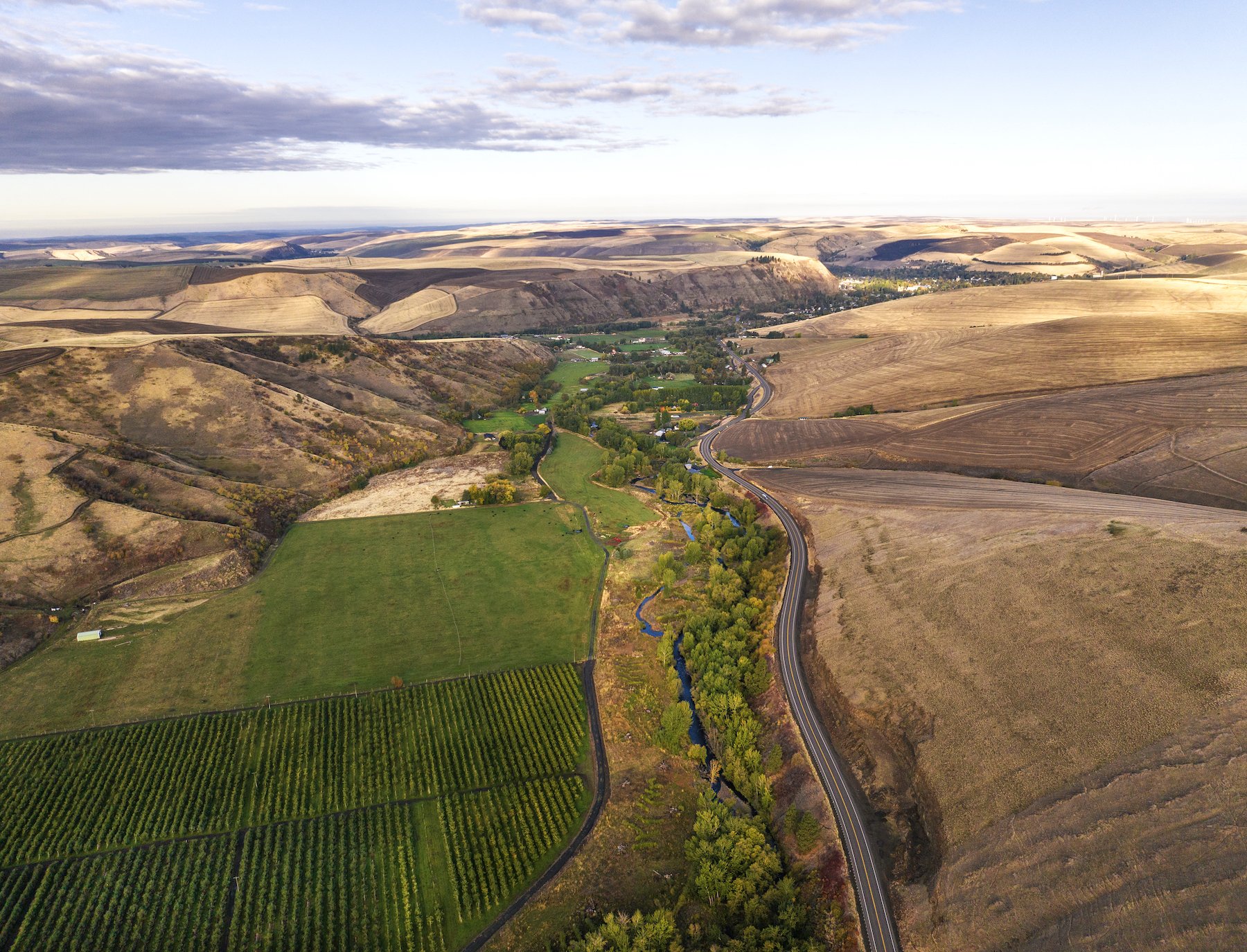A River Connected.
A visionary partnership for the future of the Touchet River.
Nestled within a rugged landscape, a river meanders through a rich tapestry of industry and tradition. This river stands as a symbol of the enduring synergy between agriculture and the local communities, nurturing the region for generations. Its waters, while carrying the sediment of history, also support the delicate balance of providing for the essential needs of wildlife, Tribes, and farming communities.
In a pivotal moment in the Touchet River’s history, a visionary partnership emerged. The Confederated Tribes of the Umatilla Indian Reservation (CTUIR) brought together forward-thinking farmers, and dedicated conservation organizations for a shared goal: restore the river, its keystone fish species, and the sustenance it provides for all. The project rewrote the narrative, transformed challenges into opportunities for positive change, and rejuvenated a vital ecosystem, all while protecting it forever.
PHOTOGRAPH BY WILLIAM FROHNE
A vision for rivers
Since time immemorial, the CTUIR have stewarded the lands and waters of the Blue Mountain region. Through their robust ‘First Foods’ initiatives, the CTUIR Department of Natural Resources focuses on revitalizing and protecting culturally significant foods. The plan emphasizes CTUIR’s dedication to preserving cultural heritage and securing the sustainability of First Foods for both present and future generations.
At the heart of this strategy lies CTUIR’s River Vision, a plan focused on restoring river systems to improve the hydrology, geomorphic, biological function, and habitat for native salmon and fish species – a culturally significant ‘First Foods’ for Tribes across the Pacific Northwest.
To meet the goals, CTUIR Restoration Lead Jerry Middel connects with private landowners along the Upper Touchet River willing to work collectively with the Tribes to restore rivers. In the winter of 2015, he met Bill Warren: an apple farmer, rancher, and lifelong resident of Columbia County. Bill expressed interest in creating fish habitat on his property, so Jerry jumped on the opportunity to seek funds to start a design along Bill’s and his neighbor’s property just upstream.
“The new apple grower who purchased the orchard upstream of Bill’s expressed interest in the project through his one-mile stretch of the river. What if I could bring these three significant landowners together and get a river project going on the entire 3-mile stretch of the North Touchet River? That would be a win for the Tribes, the community, and the fish,” said Jerry.
Collaboration in action
Blue Mountain Land Trust (BMLT) completed a conservation easement in November 2023 to protect a stretch of the Touchet River outside of Dayton, WA, after more than five years of project development.
A conservation easement is a voluntary legal agreement between a landowner and a land trust, limiting certain use to preserve a property’s conservation values. It prohibits subdivision and development and often requires specific stewardship practices to benefit wildlife, agriculture, and habitat. This conservation easement permanently protects CTUIR’s investment in the river restoration project to ensure its longevity for future generations.
BMLT connected with Jerry and Bill when they were looking for a land trust partner to help secure the future of the Touchet River. The entire endeavor was complex, combining a multi-phase river restoration project on several properties with a conservation easement and water right transaction to keep water in the stream. As a landowner and farmer, Bill stewards the property to improve the conditions for both viability and ecological health. He is open to knowledge-sharing, especially with neighbors.
“As a farmer, I’m always looking to mitigate risk, protect farmland and property, and become a better steward of the land. And that means continuous learning, listening, and sharing of ideas with others,” said Bill.
PHOTOGRAPH BY WILLIAM FROHNE
Back in 2014, Bill learned about the importance of a recently published geomorphic study conducted by the City of Dayton. It was during these initial conversations that he realized the opportunity to transform the river for the better.
“I began to understand with more clarity the roles of a properly functioning floodplain. There had been a tremendous amount of work done on the Tucannon River with other projects. I was able to talk to the families involved and understand their commitment to those projects and how they helped address concerns of protecting farmland,” said Bill.
“It was really important to see the fruitfulness of the discussions, the commitment from the project supervisors and the project engineers to recognize the problems that were currently existing in the river and how to come up with viable solutions.”
With a multigenerational family farming history, Bill is no stranger to stories and first hand experience of challenges and destruction due to seasonal causes. Flooding is a common occurrence on this stretch of the Touchet River, especially during years of high snowpack and unusually warm spring temperatures.
“Floods had gone across the land, destroying buildings, bridges, roads and uprooting power poles. Previous renditions of the dike were not supported by hydrologic engineering or other sciences. And ultimately, over those time periods, it failed,” said Bill. “This property and the City of Dayton are exposed to risks from aggregates that move downstream when the floodplain doesn’t have the connectivity to function properly.”
“Today folks are taking a different look at the river. They talk about the many benefits from giving the river more space. They talk about cooler, cleaner water and more of it when we need it the most. And how by giving the river space, we can benefit ourselves and people downstream.”
Keeping water instream
In addition to the ongoing efforts to restore and secure a permanent conservation easement for the river corridor, CTUIR was instrumental in facilitating a water transaction with the Washington Water Trust. This helps maintain a steady flow of water in the river, especially during the warm, low-flow months of the year. As part of this initiative, 0.19 cubic feet per second (cfs), a measure representing the volume of water passing a specific point each second, will be consistently left instream in the Touchet River.
This approach significantly benefits salmon and steelhead during their demanding migratory journey to the headwaters for spawning. Ensuring a continuous flow of water sustains favorable conditions for fish during a critical point in their life cycle.
“The Tribes were looking at reintroducing the Spring Chinook Salmon to the upper reaches of the Touchet River. And we knew that the area that went through our properties and our neighbors were not necessarily fish-friendly because the corridors were too narrow,” said Bill. “We knew this from the studies, but we started to figure out we could do something to make a difference.”
Increased water instream flow translates to cooler temperatures and dynamic currents, crucial factors in preventing stagnation that could lead to disease and harmful algae blooms. With climate shifts and unpredictable water levels adding to the challenges, the journey for all fish species is becoming progressively more difficult.
Addressing these challenges requires innovative and collaborative efforts involving farmers, water rights holders, Tribes, and conservation organizations. Together, they strive to mitigate some of the hurdles and hardships faced by fish species, recognizing the necessity for collective action in the face of evolving environmental conditions.
“I think the biggest challenge is bringing forward a greater level of awareness and education to the greater public about the needs of these species at each period of their life cycle and how the river flows, high and low, can impact their survivability. Generational change takes many teaching moments, learned lessons, and open and thoughtful discussion. Catastrophic events like floods and drought historically have required us to think beyond what we have done to discuss what we can do better,“ said Bill.
PHOTOGRAPH BY WILLIAM FROHNE
A better tomorrow
The Touchet River’s survival is not just about preservation, but of coexistence and adaptation. It’s about moving beyond ecological challenges and creating a fresh chapter where the river, fish, agriculture, and communities thrive in unison.
“We’re working under an umbrella philosophy that the tribes call ‘the River Vision,’ which is meant to not only restore habitat but to improve the hydrology, geomorphic, and biological function of the river. The North Touchet is a relatively small river when you look on the map, but it’s extremely important. What we’re doing here is going to directly benefit all our downstream neighbors,” said Jerry.
The Blue Mountain Land Trust is proud to collaborate with CTUIR and partners for a lasting impact on the Touchet River’s future. This work ensures the perpetual protection of 13.88 acres of CTUIR’s river and floodplain restoration project, securing its longevity to the benefit of future generations. The success of this initiative reflects a commitment to environmental preservation, safeguarding the delicate interplay between land, water, and agriculture. Partnership, against all odds, has paved the way for a future where the river’s legacy continues to be a lasting source of life, hope, and prosperity for generations to come.
“Building and maintaining common ground rapport with private landowners, nonprofits, Tribes, government agencies, and elected leaders is really important. We already have groups to do the good work, but we need to work together.” said Bill.
